Radionuclides (or radioisotopes) are radioactive atomic variations of elements. They are mostly produced by exposing suitable target materials to the neutron flux in a nuclear reactor for an appropriate time.
With a half-life of 30 years, Cesium-137 radionuclide does not exist naturally and is mainly found in used nuclear fuel and radioactive waste.
It is used in radiation devices, brachytherapy, radiotherapy, calibration springs, and various types of industrial gauges.
The material is also required for radiating blood products, cosmetics, food, and other products.
Speaking to the reporters after the unveiling ceremony, the head of the Atomic Energy Organization of Iran (AEOI) Mohammad Eslami said that Iran will not stop progressing in the nuclear field.
"This unveiling is the result of a 6-month work. We will not stop. In the past years, we faced problems in getting cesium and molybdenum. But we produced it ourselves. The entire oil and gas and medical industries will benefit from this product," he stressed.
Cesium-137 radionuclide has many medical and industrial applications and is used in different fields including in radiation devices, brachytherapy, radiotherapy, and even in industry.
Elsewhere in his remarks, Eslami cited that the IAEA's deputy chief is scheduled to visit Iran, adding that Iran's interaction with the International Atomic Energy Agency is carried out in the framework of the safeguards and NPT.
The AEOI chief went on to say that he is set to participate at the upcoming IAEA General Conference in Vienna, announcing that Iran will hold its first exhibition there.
"We are an official and active member of the agency and have the most extensive interactions. This year we will have a stronger presence than last year. The agenda is the program announced by the agency and we will play a role in the committees," he added.
MP/FNA14020605000229


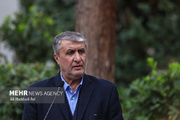

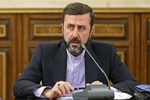
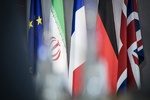
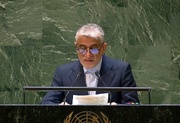
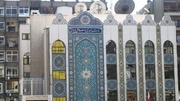
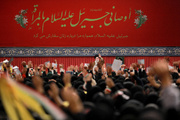
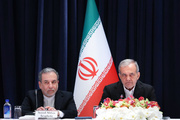
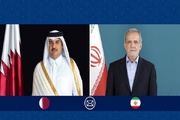








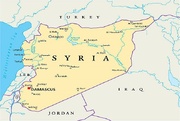
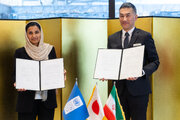
Your Comment